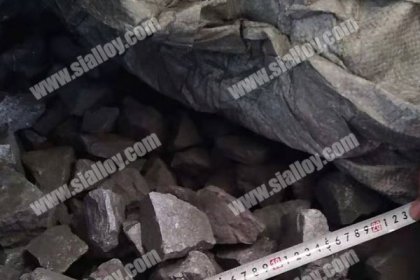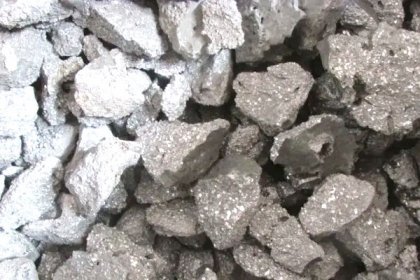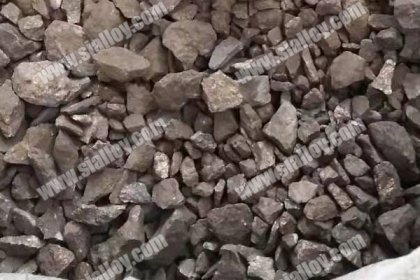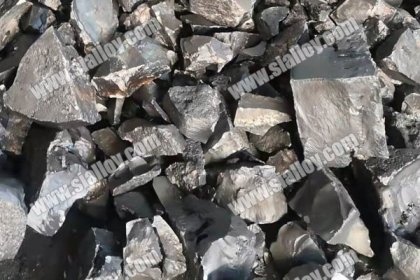additive materials for white cast iron
The hardness of white cast iron is high, it cannot be machined, and it is very brittle, so it is seldom used directly to manufacture machine parts, and needs to be processed by appropriate heat treatment process. The commonly used heat treatment processes include stress relief annealing, softening annealing or normalizing, quenching and tempering, etc. In addition, most of the white cast iron parts are malleable cast iron billets, which need to be graphitized and annealed to make most or all of them infiltrate. The carbon body decomposes to form flocculent (or spheroidal) graphite, which in turn converts white cast iron into malleable cast iron.
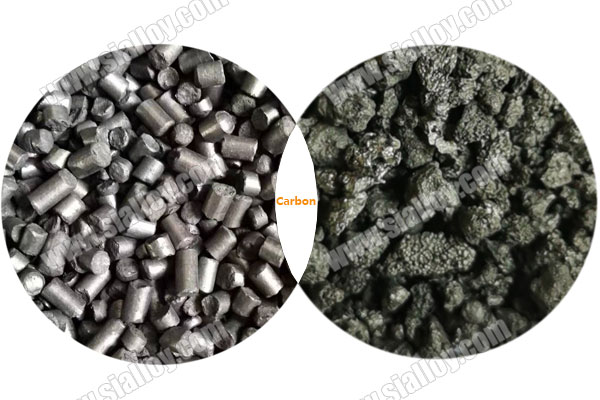
1.Stress relief annealing
It is mostly used for high-silicon and high-chromium alloy white cast iron. Because of the large internal stress of casting, the self-made parts will cause self-cracking during vibration or environmental changes if the residual internal stress is not eliminated in time. Generally, the annealing heating of cast iron castings is relatively low, but for high-alloy white cast iron castings, the structure of white cast iron castings is relatively stable, so the annealing temperature is relatively high. With the furnace cooled to 100 ~ 150 ℃ air cooling.
2.Softening annealing
For some alloy white iron castings with high hardenability, there is a large amount of martensite in the cast iron, but less cementite and high hardness. The parts made of this type of material need to be machined, and must be The softening annealing process converts the martensite to pearlite, which reduces the hardness of the cast iron to the point where it can be machined.
3.Quenching and tempering
It is mostly used for low-silicon, low-phosphorus and sulfur wear-resistant white cast iron castings with low carbon content. Due to the high content of alloying elements, carbides are difficult to dissolve in austenite. Quenching treatment (heating temperature of 950-1000℃) will dissolve more carbides in the austenite, and obtain a higher hardness martensite structure after cooling, thus ensuring good wear resistance of the cast iron. , In order to reduce internal stress and avoid cracking, nitrate grade quenching can also be used, and finally tempering at a temperature of 180-200 ° C for 1-3 hours.
4.Isothermal quenching
It is mostly used for parts that require wear resistance and impact, such as machine-driven ploughshares, feed mill hammers, shot blasting machine blades, and lining plates. The purpose of quenching is to obtain a certain amount of bainite to ensure good comprehensive mechanical properties. The carbon content of white cast iron is generally 2.2% to 2.5%, and the content of sulfur and phosphorus should be less than 0.1%. The required mechanical properties can be obtained after 90min and air-cooling.
In order to produce qualified cast iron, the qualified production process is important, more the qualified alloy additive also important, Anyang Huatuo Metallurgy Co.,Ltd in the raw materials for casting and steelmaking for more than 10 years, if any purchase plan welcome for contact.
 中文
中文
